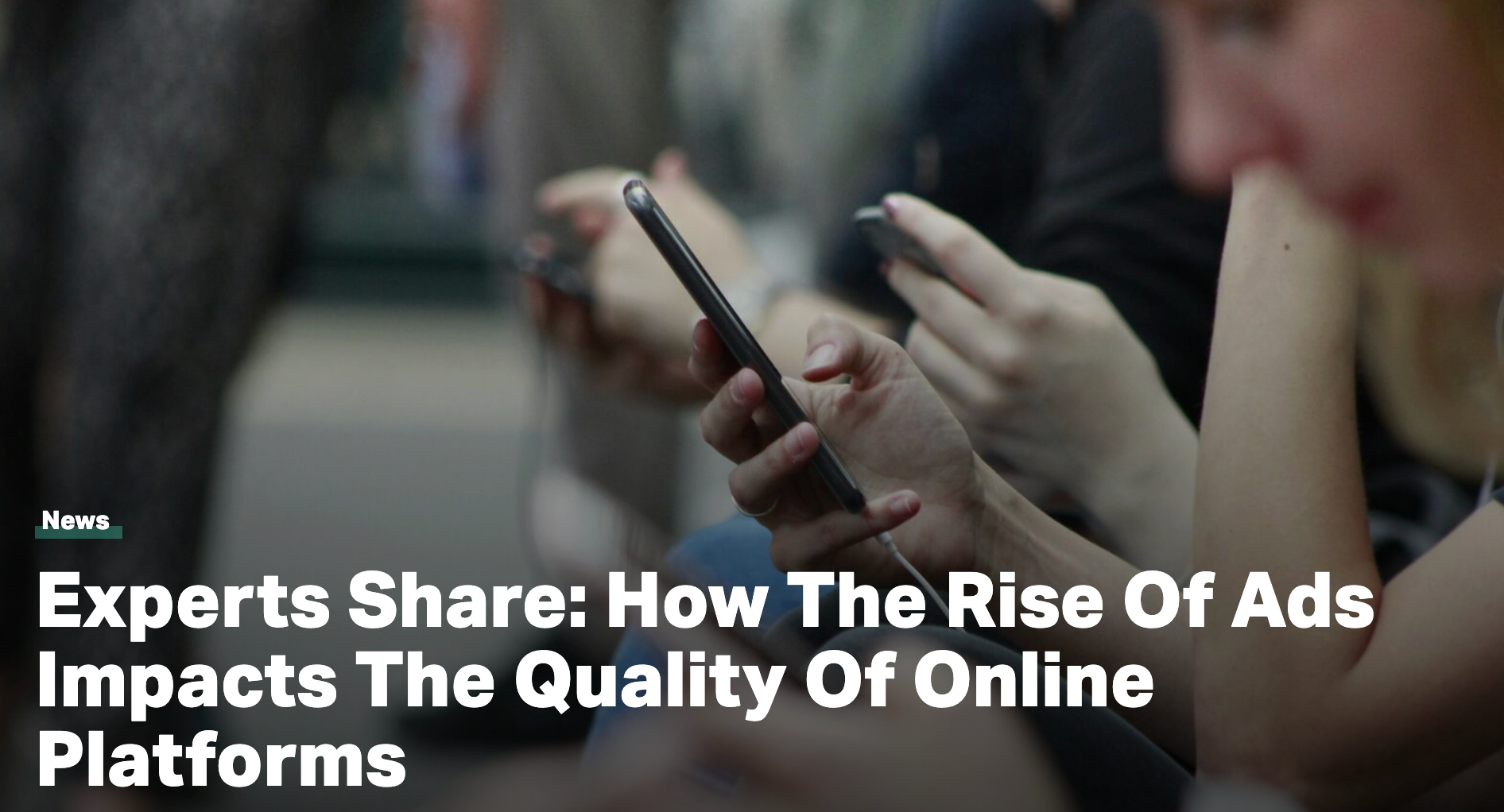Beyond the Google vortex: who’s your plus-one?
Both agencies and publishers should prepare themselves as Google steps off the adtech dancefloor.

David Nelson, co-founder and CEO, Limelight Inc., describes how publishers and agencies should be preparing for a post-monopoly ad ecosystem - starting today.
Adtech is bracing itself for a watershed moment. September’s
remedies trial will determine how far the US Department of Justice can go in dismantling Google’s dominance of the open-web ad stack. The hearing follows April’s headline-grabbing judgment that the company has been running
illegal monopolies in both the publisher ad-server and ad-exchange markets.
For publishers, buyers and tech vendors alike, the question is no longer
whether change is coming, but
how to navigate the turbulence the change will bring.
Why the remedies phase matters
Traditional antitrust cases often end with a fine or mild behavioural pledge. Not this time. The DOJ is seeking
structural relief that could oblige Google to divest core assets such as Ad Manager and AdX, open-source its auction logic, and grant rival exchanges real-time access to bidding data.
Should the court agree, the walled garden could be replaced by a looser constellation of competing services. Hence, September’s hearing is widely regarded as the most consequential antitrust showdown since the break-up of AT&T in 1984.
The risk of a sudden vortex
Publishers have enjoyed years of relatively predictable ad revenue because of a single set of tools - Ad Manager, AdX, and Display & Video 360 - at the centre of buying and selling activity. Yet that same concentration now constitutes a single point of failure.
If assets are spun out or product lines are sunsetted with little notice, revenue flows could stall overnight, creating a vortex in which outlets are left scrambling for liquidity. For businesses already operating on tight margins, even a short-term pause in demand could prove existential.
Building a “plus-one” strategy
Forward-looking publishers are therefore asking a simple question:
who is our plus-one if Google steps off the dance floor? A resilient operating model will retain access to existing Google demand while simultaneously cultivating independent channels that are able to scale rapidly if the market fragments.
But this hedging strategy must be more than a boardroom talking point; it needs to be embedded into the technology roadmap, commercial partnerships and sales culture well before the remedies gavel comes down.
What to look for in a partner
The replacement (or supplementary) partner must do three things: First, it has to reach a comparable Total Addressable Market (TAM), ensuring inventory remains attractive to global brand budgets. Second, it should provide transparent, programmatic access rather than opaque bundled deals, allowing publishers to prove yield and for buyers to verify spend. Third, the solution should be modular and standards-based, so components can slot into the evolving supply chain without onerous switch-out costs.
An independent ad server backed by a genuinely neutral exchange is one obvious pillar. Another is a first-party data platform capable of stitching identity signals across environments without leaning on third-party cookies. Together, these tools allow a publisher both to defend existing CPMs and to court budgets that previously defaulted to Google’s ecosystem.
Cooperation over competition
An unexpected upside of the looming upheaval is a renewed appetite for cooperation. Instead of competing in isolation, many mid-tier publishers are exploring shared marketplaces, joint data clean rooms, and even collectively-funded contextual engines.
By pooling scale, they present advertisers with a credible alternative to any single dominant intermediary while retaining editorial independence. Importantly, these alliances can be architected on open-source frameworks that regulators view favourably, reducing antitrust exposure for all parties involved.
A better deal for buyers
Advertisers stand to benefit too. Opening the auction logic (which is certainly one remedy under discussion) would allow DSPs to scrutinise prioritisation rules and pricing algorithms, restoring confidence that bids are treated fairly. Combined with diversified supply paths, this transparency should narrow bid-to-win spreads, improve measurability, and, ultimately, boost Return on Ad Spend (ROAS).
It’s time to act
With the remedies trial set for next month, final orders could be handed down as early as the first quarter of 2026, which would leave fewer than 12 months for technical integrations, contract negotiations, and market education. Given typical implementation cycles, the window for decisive action is now.
And we’re not just looking to
replace the current model. The post-Google-dominant world will provide publishers with an opportunity to improve it, by taking control of their ad sales environment, as they’re no longer dependent on one big fish in the pond.
September’s courtroom drama will capture headlines, but the real story is being written right now in product backlogs, partnership agreements and board-room strategies across the sector. Those who treat the remedies phase as a catalyst rather than a calamity will help shape a market that is fairer and more transparent. In short: when the music pauses, be ready with a new partner - and perhaps a whole new choreography.
Also shared on Performance Marketing World:



